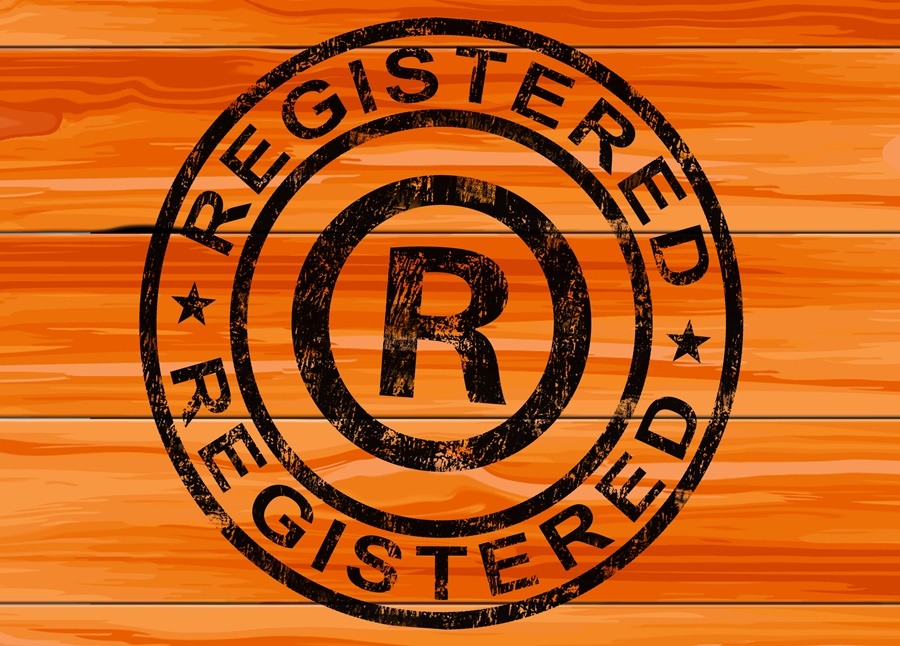
Many people believe that trademark registration is just filling out a form and submitting it to the United States Patent and Trademark Office (USPTO). In reality, trademark registration can be complicated, frustrating, and cumbersome, especially for individuals who aren’t familiar with the hundreds of rules and regulations that govern the trademark registration process. Here are a number of articles regarding trademark registration that will hopefully guide you before and after you apply to register your trademark.
- What are the Benefits of Getting a Trademark Registration?
- How Long Does It Take to Register a Trademark?
- Can I Trademark a Product Name?
- Can I Trademark a Phrase?
- What is Use in Commerce?
- What is Proof of Use for Trademark Registration?
- What is the Supplemental Register?
- Supplemental Register vs. Principal Register – What is the Difference?
- What is a Disclaimer?
- How Do I Overcome a Likelihood of Confusion Rejection?
- What is a Merely Descriptive Trademark Refusal?
- What is a Deceptive Trademark for Purposes of Trademark Registration?
- What is a Deceptively Misdescriptive Trademark Refusal?
- What is a Primarily Geographically Descriptive Trademark Refusal?
- What is a Geographically Deceptively Misdescriptive Trademark Refusal?
- What is a Surname Refusal?
- What is a False Suggestion of a Connection Refusal?
- What is a Trademark Specimen Refusal?
- What is “Acquired Distinctiveness” for Purposes of Trademark Registration?
- What is an Amendment to Allege Use?
- What is a USPTO Letter of Suspension?
- What is a USPTO Suspension Inquiry?
- What Does “Published for Opposition” Mean?
- What is the Notice of Allowance?
- What is a Surrender of a Trademark Registration?
- What is a Trademark Expungement Proceeding?
- What is a Trademark Reexamination Proceeding?
